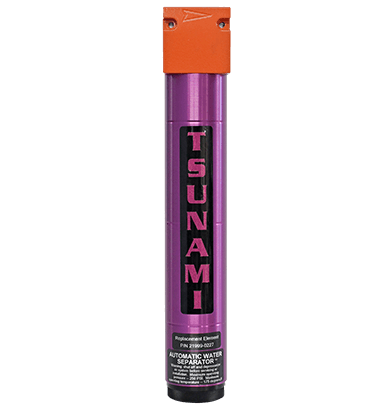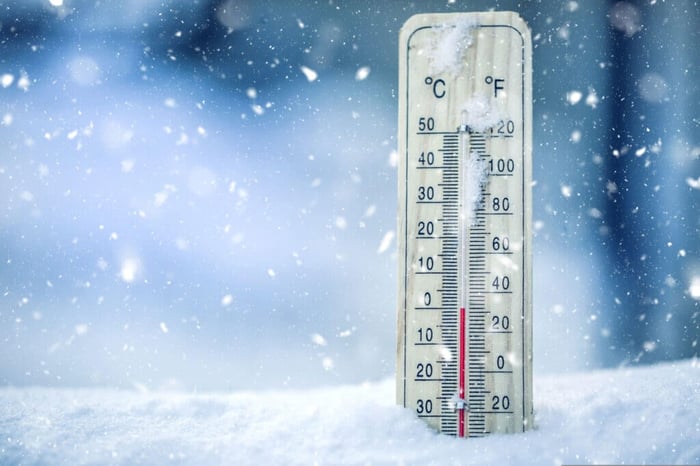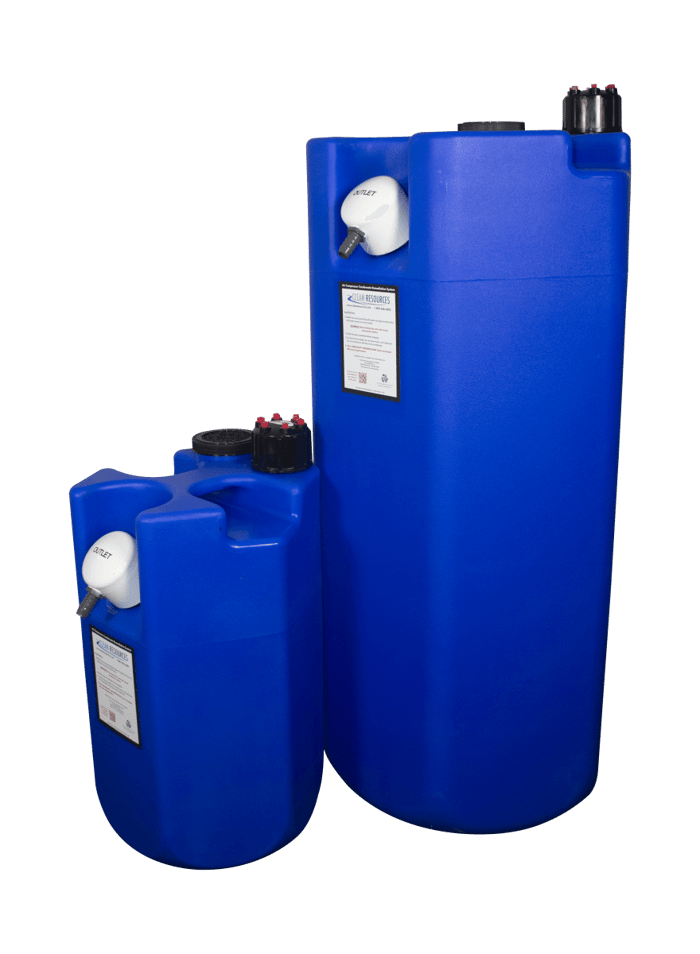
How a Tsunami Water Separator Works
Tips
February 5th, 2021
2 minute read
A Water Separator will play an important role in compressed air systems. While water seaparators will not remove all water from your air stream they will knock out most bulk water and droplets.
When a Water Separator is not present your air dryer can get slugged with bulk water. Both Refrigerated and Desiccant air dryers are not designed to remove bulk water. Their design is only for mist and vapor. This can result in water in your process after your air dryer. When this happens it is common for people to think their air dryer is not operating properly. The truth is the dryer is operating properly it is just overwhelmed due to the lack of a water separator not bing placed befor the inlet of the dryer.
It is important to place the water separator on the inlet side of your dryer. Most of the time they are placed directly on the outlet of the air compressor or directly on the inlet of the air dryer.
The Tsunami Water Separators feature either a; Float, Electronic, or Pneumatic style drain. A float drain employs a float in the cannister that when the water reaches a certain level the water is expelled out the bottom. An Electronic drain you can control the timing in between when the drain opens and how long the the drain remains open. The Pneumatic drain is the most energy effecient and does not expell actual compressed air (that you have just paid to produce) it just lets the water out. All of these drains will need somewhere to drain to. Whether that is a bucket, drain, or your oil/water separator.
Tsunami products are manufactured in the United States and are a great solution for your air treatment needs. You can purchase all of there products by clicking here.

« Back to Blog






